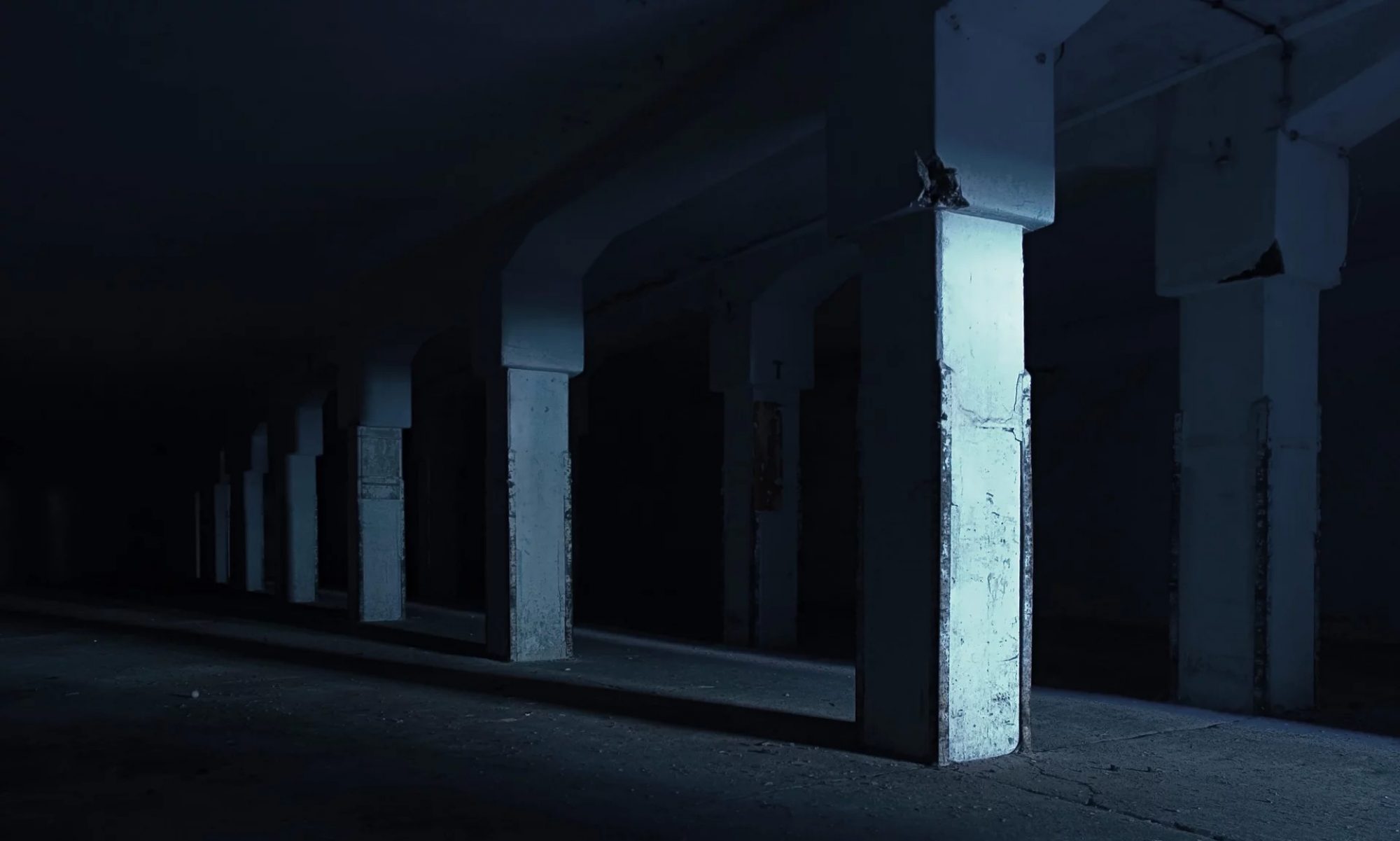„Als Diorama bezeichnet man Schaukästen, in denen Szenen mit Modellfiguren und -landschaften vor einem oft halbkreisförmigen, bemalten Hintergrund dargestellt werden.“ (Quelle: Wikipedia)
Meine Fotodioramen haben meist gar keine oder nur minimale dreidimensionale Elemente; sie bestehen aus zwei Fotos, die einen Raum suggerieren, der eigentlich nicht vorhanden ist. Die Fotos habe ich im Laufe der Jahre aufgenommen und als HDRs bearbeitet, was sie manchmal aussehen lässt „wie gemalt“.
In der Regel sieht man als Betrachter durch eine Öffnung im vorderen Foto (Fenster, Tür…) auf einen Raum dahinter (Landschaft, Innenraum…).
Um den hinteren Raum überhaupt sehen zu können, braucht es Licht. Dieses wird mittels LEDs erzeugt und sorgt für eine mehr oder weniger natürliche oder theatralische Stimmung.
Der verblüffende Tiefeneffekt ist mit einem Foto nicht zu vermitteln, weshalb die Fotodioramen auch als unfotografierbar gelten. Ihre Wirkung ist nur unmittelbar, direkt räumlich zu erfahren…
„The word diorama can either refer to a 19th-century mobile theatre device, or, in modern usage, a three-dimensional full-size or miniature model, sometimes enclosed in a glass showcase for a museum“ (Wikipedia)
Most often my photodioramas have no, or only minimal, three-dimensional elements. They consist of two photos suggesting a space which isn´t actually there. The photos have been taken by me over the years and have all been processed as HDRs, a technique which sometimes gives them a „painted“ quality.
Usually you see through an opening in the foreground photo (window, door…) into a space behind it (landscape, room…).
To be able to see the space behind, it is lit with LEDs, creating a more or less natural or theatrical mood.
The astounding effect of depth cannot be transmitted with a photograph of the object, which is why the photodioramas are considered impossible to photograph. They have to be seen with your own eyes to be experienced…












